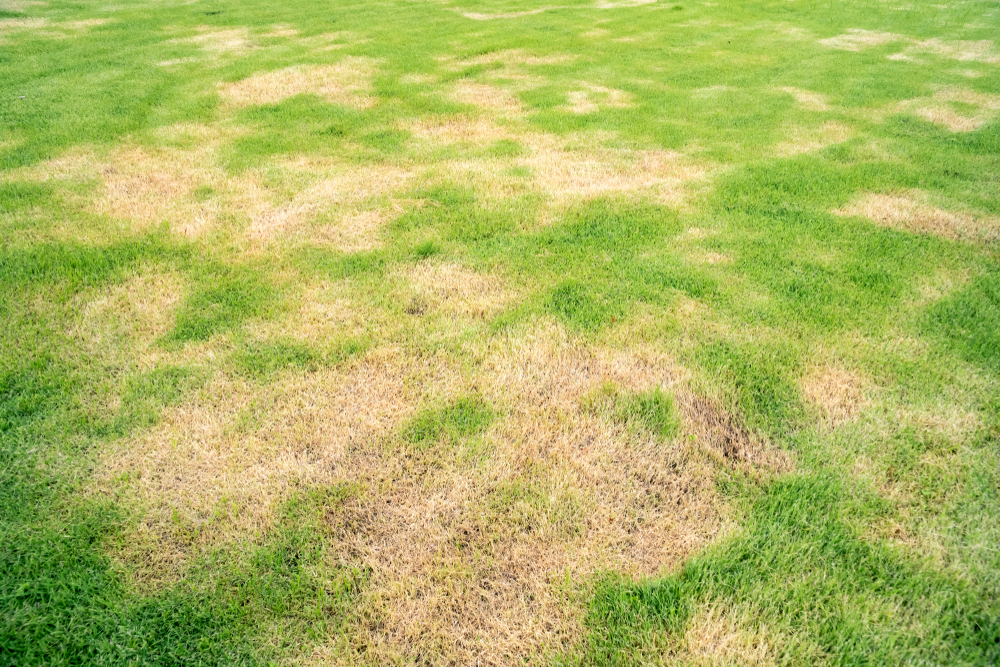Glory Info About How To Repair Damaged Lawn

Even the best kept lawn can be vulnerable to damage or disease.
How to repair damaged lawn. Your turfgrass lawn will always be susceptible to damage, no matter how healthy and well maintained it is. Whether lawn damage comes from a careless driver or construction equipment, it can feel daunting to repair. Be careful not to scrape the crowns of the plants (if you’re filling a spot that’s already bare, you can skip mowing).
Once the dethatching is complete remove any weeds. Rake out any dead grass or runners called thatch. Using a rake, remove rocks and debris from the surface, as well as weeds and other unwanted plants.
So how do you repair and restore a damaged lawn? Lawn care can be broken down into simple steps such as dealing with damaged patches of grass, treating weeds, looking after the edges or smoothing out dips and bumps. Here are 3 steps the experts say you should take:
However,you need to make sure your lawn is getting the nutrients it needs to thrive, and there are a few things you can do to help that happen. First, take a deep breath. Start your lawn in the right direction by eradicating weeds that can make it bristly, scratchy and uneven.
Diy projects & ideas. Mike from the lawn company shows how to repair an area of lawn that's been damaged. Could your lawn use an overhaul?
This old house landscape contractor roger cook saves a badly rutted lawn without replacing the grass. Rake up dead grass. Get rid of the dead turf.
How to repair a damaged lawn. Remove rocks, debris, weeds with a rake. Rake the surface gently to level it out.
Here’s some simple lawn treatment tips. Learn how to repair your lawn from damage such as winter salt, insects, rodents, birds, family pets, weeds and thatch with this diy guide from true value. 2 repairing dead grass using limestone.
Here is how to repair a damaged lawn in 4 simple steps: With an added fertiliser, it will keep your grass healthy while getting rid of weeds. This helps to loosen the soil surface, makes it easier for rain to penetrate, and also makes it easier for new runners to take root.
Many lawns end up with thin patches and dead spots because of foot traffic. But if your lawn is hopelessly bare or completely covered with weeds, it’s best to go “scorched earth” and kill all the vegetation with a nonselective herbicide and start over. How to troubleshoot lawn damage and diseases.


















